How to Save the Planet
1. We Need to Reduce, Reuse, Recycle AND REMOVE
… Why? Because of the Atmospheric Bathtub

If your bathtub was overflowing, you need to turn off the tap AND you need to pull out the plug to drain some of the water. Climate scientists like to use this metaphor to explain the global warming problem. Humans added 50% more CO2 into the atmosphere compared to pre-industrial periods, and now that CO2 is causing temperatures to soar. Our bathtub is overflowing and we keep pouring in more water. To just “Reduce Reuse & Recycle” is like turning the tap down. We also need to REMOVE some of the CO2 to halt global warming. And we can’t do the Four Rs sequentially, we have to do all Four Rs at the same time.
2. It’s NOT About Going Carbon Neutral Anymore
… “Geo Zero” is The New Goal
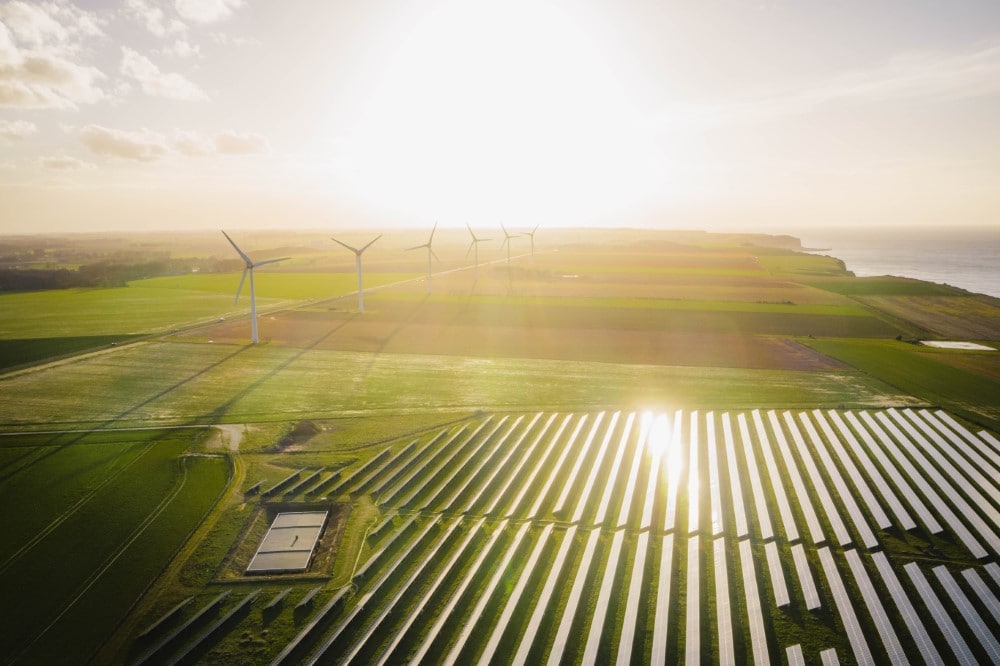
Over the last couple years, the term “carbon neutral” became muddled and outdated due to various inconsistencies and misuse. This led climate scientists to a more-precise definition of humanity’s current goal: becoming “Geological Net Zero” or “Geo Zero”. This term means permanent storage of carbon emissions that humans make; for every tonne of fossil emissions, we must remove that tonne on a geological timescale. This would get us to a state of carbon balance where we stop making things worse. To get there, we need our governments and corporations to help quickly scale carbon capture storage (CCS) and carbon dioxide removal (CDR) alongside reductions; and as individuals, we need to make more sustainable choices. The size of the prize is survival of humanity.
3. We Can Fix This
… and We Know The Cost
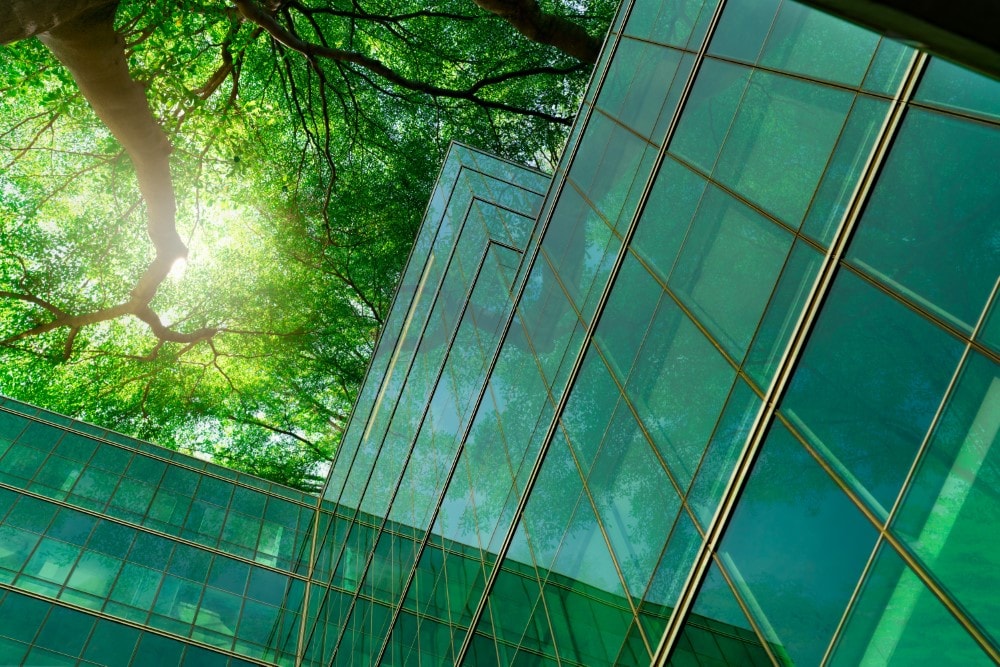
We already know the steps to take to counteract global warming. We know the math. We know the science. We know the yearly cost. By Goldman Sachs Carbonomics estimates it would be about 4% of global GDP with DAC at $200 per tonne, in comparison to US coffee spend, which is 1.6%. So imagine telling your grandchildren we chose not to do it. That’s where we are today. For a primer on how to tackle the carbon crisis, check out the World Bank’s Climate Explainer on The Abatement Cost. It’s a quickly evolving field of study, with lots of moving variables, but the grand takeaway is that we know many of the steps and costs involved, we just need to take action, which is literally a global-sized challenge.
4. We Have Only Five Years Before 1.5 °C
…. Actually, it is
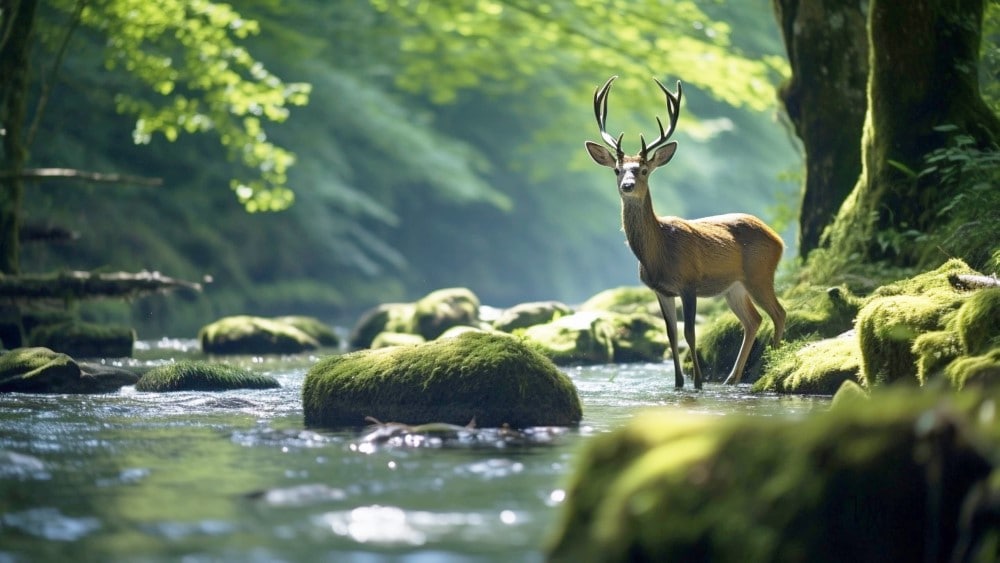
The United Nations and scientists around the world have determined that we need to try to cut carbon emissions and abate those emissions before the global temperature rises to an average of 1.5 degrees above pre-industrial levels. Unfortunately, emissions are increasing faster than ever, putting us on track to reach 1.5 °C of average warming in just over 5 years. We need to carbon balance immediately. Here’s the countdown clock that humanity is up against.
5. We Know The Problem
… Spoiler Alert, It’s CO2
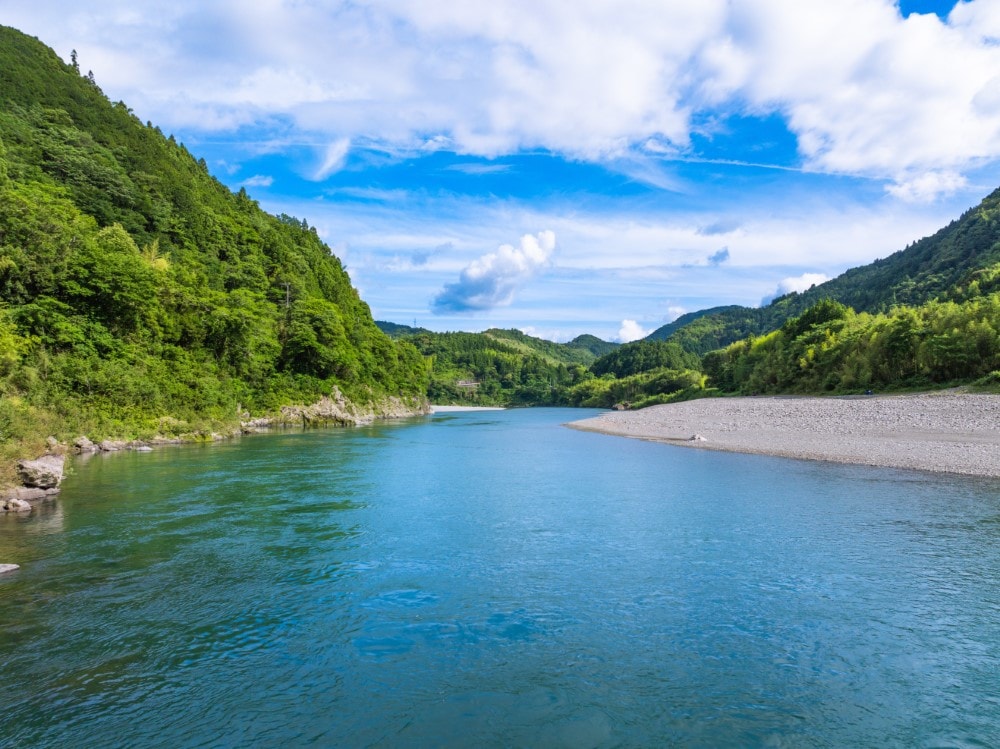
422 ppm. That’s how much CO2 is currently in our sky. It’s just a seemingly random number, but the point is that scientists know exactly how to measure it, they know how to correlate that CO2 to temperature change, and they know how much we are adding to the sky each year. Our oceans absorb some of the new CO2 which mitigates some of the additional global warming effect but acidifies the ocean in the process. CO2 is otherwise a happy, stable molecule that can last in the atmosphere for thousands of years. In short, we are adding ~2 ppm to the sky each year, and when we hit 430 ppm, the temperature rises to the dreaded 1.5 °C average above pre-industrial levels. We need to cut back on our emissions and start removing CO2 at massive levels. The goal is to stop increasing the concentration and then ultimately get back to what is considered a “safe” level, at 350ppm. This makes it crucial to reduce and remove at the same time.
6. Carbon Dioxide Removal (CDR) is Complex
… But It’s Just Molecules And There Are Multiple Ways To Do It!

The strategy to remove carbon dioxide is multifaceted, with multiple potential solutions. Some remove the carbon on geologic timescales to abate a tonne of fossil emissions, like direct air capture with geologic sequestration and enhanced weathering. Others like reforestation can remove carbon for decades, which has climate and other co-benefits. Each strategy has its own limitations, and none are expected to be the only solution. For example, many methods are not permanent or scalable. To avoid the climate crisis, we must pursue all of the strategies at the same time, realizing they are not competing solutions, they are each different and complementary tools.
7. We Can Afford It
… Most Products Are Only 2% More Expensive To Clean Up Our Mess As We Go

Just as we “leave no trace” when we go out for a hike, so we need to address our CO2 pollution today so that we don’t pass the CO2 pollution burden to future generations. The good news is that we can afford to do so! Every product has a carbon footprint (CO2 emitted during the creation and transport of that product). Permanently removing the CO2 emissions from most products - so that we create “Geo Zero” products - costs only 2% more! Permanent carbon dioxide removal unlocks an ability to not just do our best (to reduce emissions) but to remove the rest (the residual carbon footprint) - allowing us to take responsibility for our actions today.
Direct Air Capture (DAC) - DAC technologies involve machines that directly remove CO2 from the atmosphere. The captured CO2 can be stored underground or used for other purposes, such as raw material for synthetic fuels.
Afforestation and Reforestation - These methods involve planting trees in areas where forests did not previously exist (afforestation) or where they have been cut down (reforestation). Trees absorb CO2 from the atmosphere as they grow.
Biochar - Biochar involves converting agricultural waste into a stable form of carbon through pyrolysis, which is then buried to sequester carbon in the soil. This not only captures carbon but also can improve soil health.
Enhanced Weathering - This method speeds up the natural weathering process of rocks to remove CO2 from the atmosphere. Crushed minerals like basalt or olivine are spread over large areas, where they chemically react with CO2 to form stable carbonates.
Ocean Fertilization - This approach involves adding nutrients to ocean waters to stimulate the growth of phytoplankton, which absorb CO2 through photosynthesis. However, this method has raised significant ecological concerns and is subject to international regulations.
Soil Carbon Sequestration - This method increases the carbon content of soils through changes in farming practices, such as reduced tillage, cover cropping, and crop rotation. This not only captures CO2 but can also enhance soil fertility.
Bioenergy with Carbon Capture and Storage (BECCS) - BECCS involves capturing CO2 emissions from bioenergy processes (like burning biomass for power) and sequestering them underground. This method is considered carbon negative if the biomass is sustainably sourced.
Carbon Mineralization - Similar to enhanced weathering, this method involves storing CO2 by turning it into solid minerals such as carbonates. It can occur naturally or be industrially accelerated in reactors.
Ocean Alkalinity Enhancement - This method increases the ocean’s capacity to absorb CO2 by enhancing its alkalinity. It typically involves adding minerals like lime or olivine to seawater.
8. In Short: It Will Take More Than Just Trees
… We need a "Like for Like" Approach
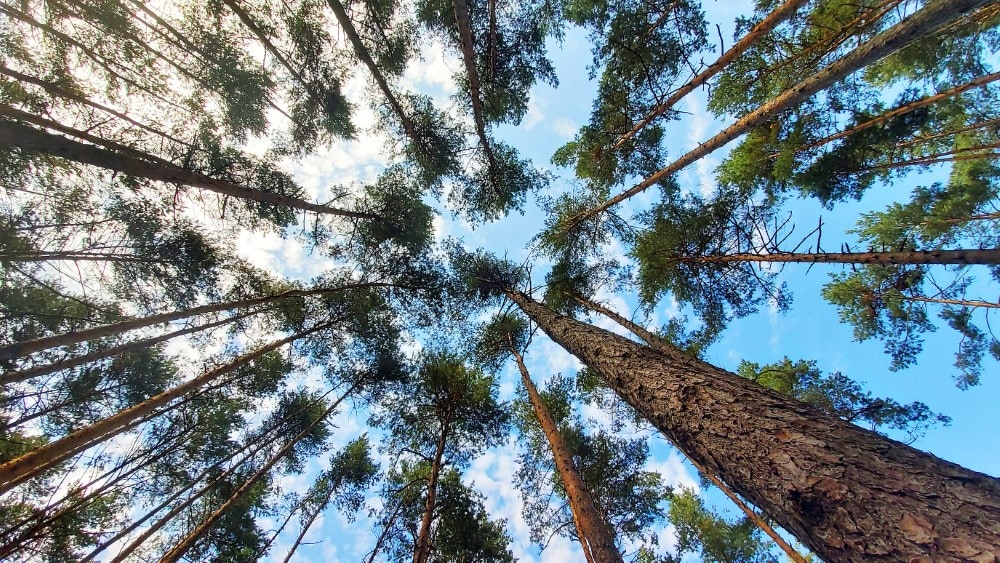
At Trend Hunter, we planted 1,000,000 trees through our partnership with Trees for The Future, creating sustainable forest gardens throughout Africa. We are proud of that. However, trees are not the full solution for a number of reasons, including: 1) there is not enough arable land on the surface of the earth to make up for the amount of CO2 that humans are emitting, 2) it takes decades for trees to grow, and 3) the CO2 from the trees will ultimately return to the atmosphere through forest fires or other natural decomposition processes, leaving the burden and cost of re-removing the CO2 to future generations. Scientists believe we need a “like for like” approach, meaning that we should plant trees to address deforestation, and geologically store CO2 to abate emissions from fossil fuels.
9. There’s Hope
… Direct Air Capture (DAC) Now Works at Scale

There are multiple solutions in the works, and at Trend Hunter, we have been most excited by Direct Air Capture (DAC), meaning technologies that vacuum CO2 from the sky. These DAC systems could put CO2 back into the ground, putting the CO2 safely into deep sedimentary reservoirs or alternatively CO2 could be used to create new products like synthetic fuel, added to carbon products like concrete, or even used to create diamonds. There are a few DAC plants around the world already operating, though most have been in R&D mode. For many years, naysayers feared that DAC would be too expensive, but the economics and technology have finally reached scale with enormous plants now under construction. The world’s largest DAC plant, STRATOS by OXY, is set to go online in 2025, with a capability of removing 500,000 tonnes of CO2 per year when fully operational. But STRATOS is just the start. Depending on the rate at which we reduce CO2 emissions, we may need thousands of these DACs to halt global warming.
10. The Challenge is Enormous
… But We Have Done Things Like This Before

In the 1980s, the world realized that carbon monoxide and other fossil fuel combustion pollutants were causing significant air quality issues. We mandated that catalytic converters be installed in every automobile, despite the >$1,000 cost per vehicle. And we did it! Then again, we saw a hole in the ozone layer and we realized it was being caused by CFCs. We came together under the Montreal Protocol and we did it! We were able to almost entirely ban these pollutants, repairing the ozone layer. Similarly, introducing water treatment, sanitation and recycling programs cost trillions of dollars, over many years, and we did it. Now we know the CO2 greenhouse gas problem, we know the cost to fix it, and we have the scientific capabilities to make it happen. We need to do our best (reduce CO2 emissions where we can) and remove the rest (permanently remove a tonne for every tonne still emitted). Let’s save the planet from too much CO2!
11. What Can I Do?
… You Can Take Action Today!
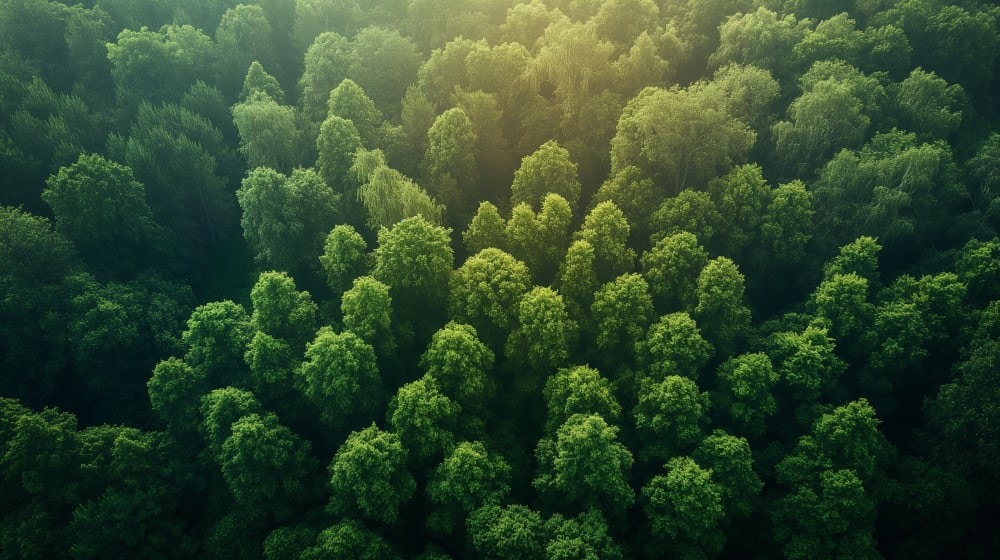
The good news is that there are many choices we can all make - every day - at little to no cost. Some choices even save us money. The journey of a thousand sustainability miles begins with a single step, and everything makes a difference. Want to be a Geo Zero hero? You can simply spend a few minutes learning about everyday carbon footprints and spread the word. Ready for more? Commit to making one choice this week that simply avoids a single kg of CO2 emissions - whether it’s in a food or drink choice, by unplugging a device that is not in use, walking to the grocery store, or switching to an LED light bulb. Every kg counts! Then pat yourself on the back for that kg - you have helped the world today and you have also helped future generations. Don’t forget to give your friends and family a hug when they make Geo Zero choices! They are Geo Zero heroes too. Ready for more ideas? Hang tight - we have thousands of meaningful actions and sustainability ideas to choose from…
12. With That Context, CleanTheSky.com is Born!
… And Here to Learn, Spread Awareness, and Help Innovate

With all the above context, Trend Hunter approached OXY to become a sponsor for CleanTheSky.com and a new educational series of content about how CDR works, and we are delighted that they jumped at the opportunity. We have only just begun, and there’s lots to scope out, but you have our pledge that we will be writing thousands of articles about positive eco trends, news, breakthroughs and the steps you and your company can take to become Geo Zero. We believe humans can fix global warming, but it will require education, innovation and effort. Mary Oliver asked us “what is it you plan to do with your one wild and precious life?” Let’s clean the sky! :)
Planetary Boundaries
Scientists have identified nine essential processes that keep our planet stable and thriving, like Climate Change, Biosphere Integrity, Ocean Acidification, “Novel Entities” (such as microplastic pollution), and Freshwater Change. These processes are interconnected and crucial for the health of our Earth. This video gives a great overview of these planetary processes and boundaries.
As stewards of this planet, it’s our responsibility to ensure that all nine planetary boundaries are respected so we can pass on a vibrant, healthy Earth to future generations.
Currently, we’re pushing the limits of six of these nine Earth systems, including the increase in CO₂ levels driving Climate Change. But we have the power to make a difference! By making sustainable choices, we can protect and restore these vital processes. The best part? Many of these choices are enjoyable and can have a positive impact on multiple boundaries at once.
Thank you for being proactive in learning about sustainable living and making decisions that support our planet’s future!
